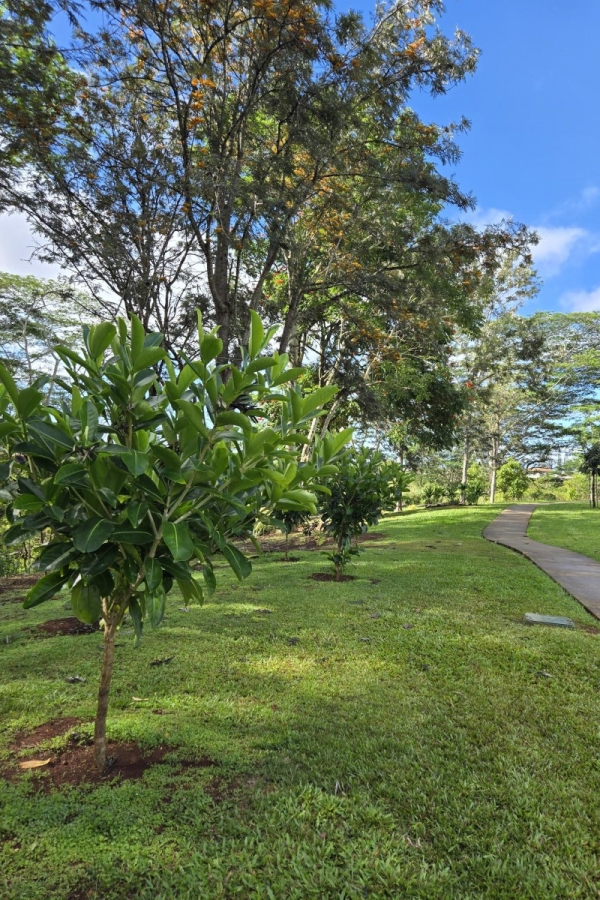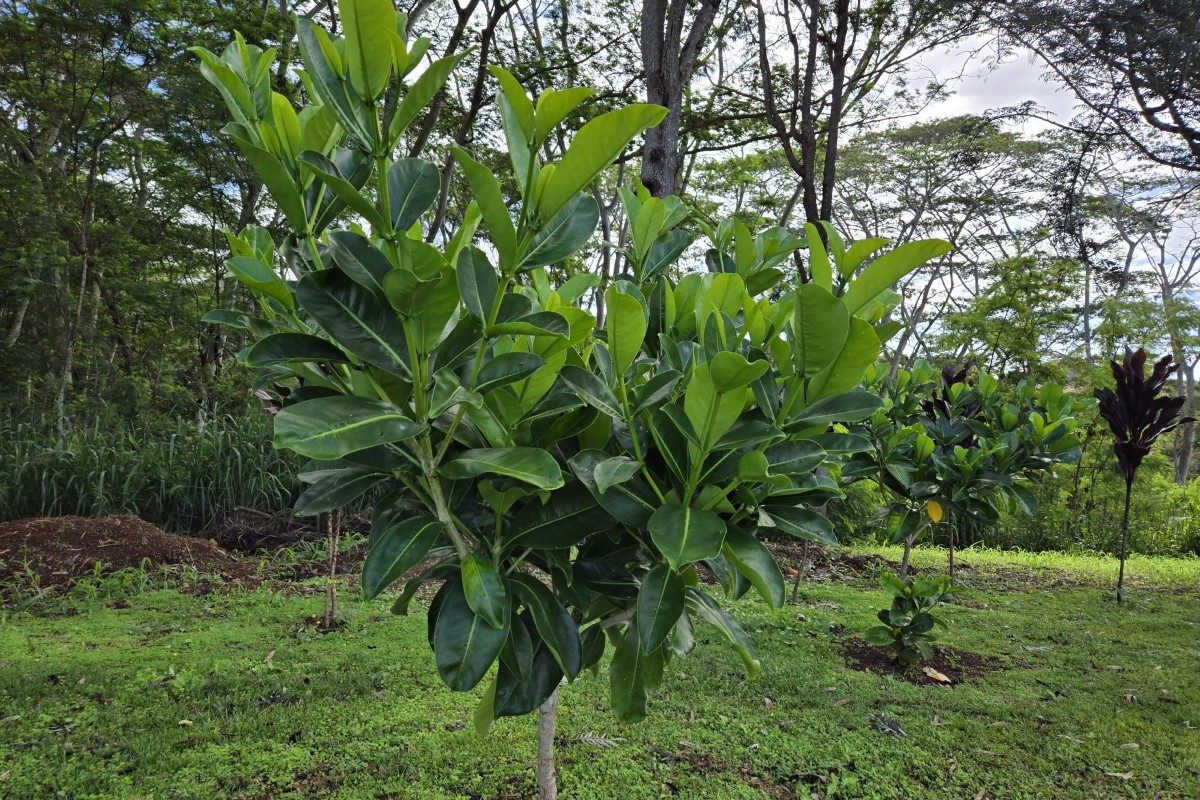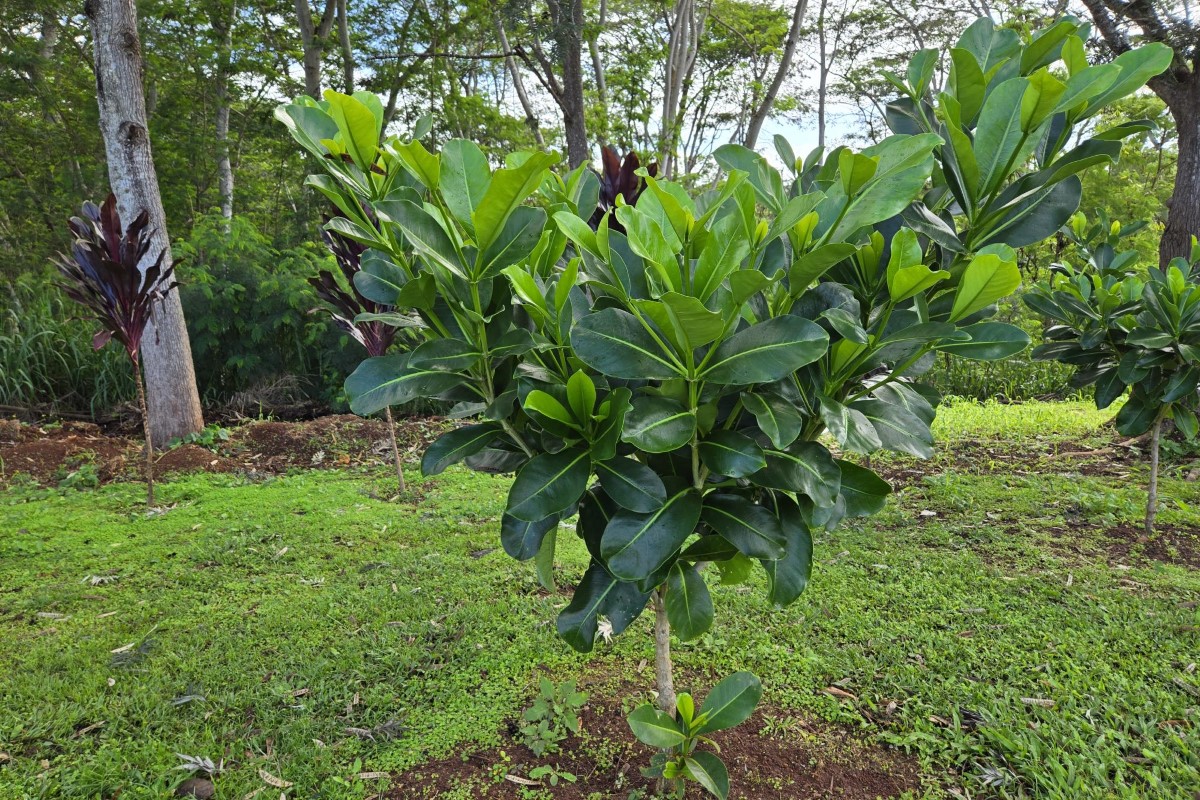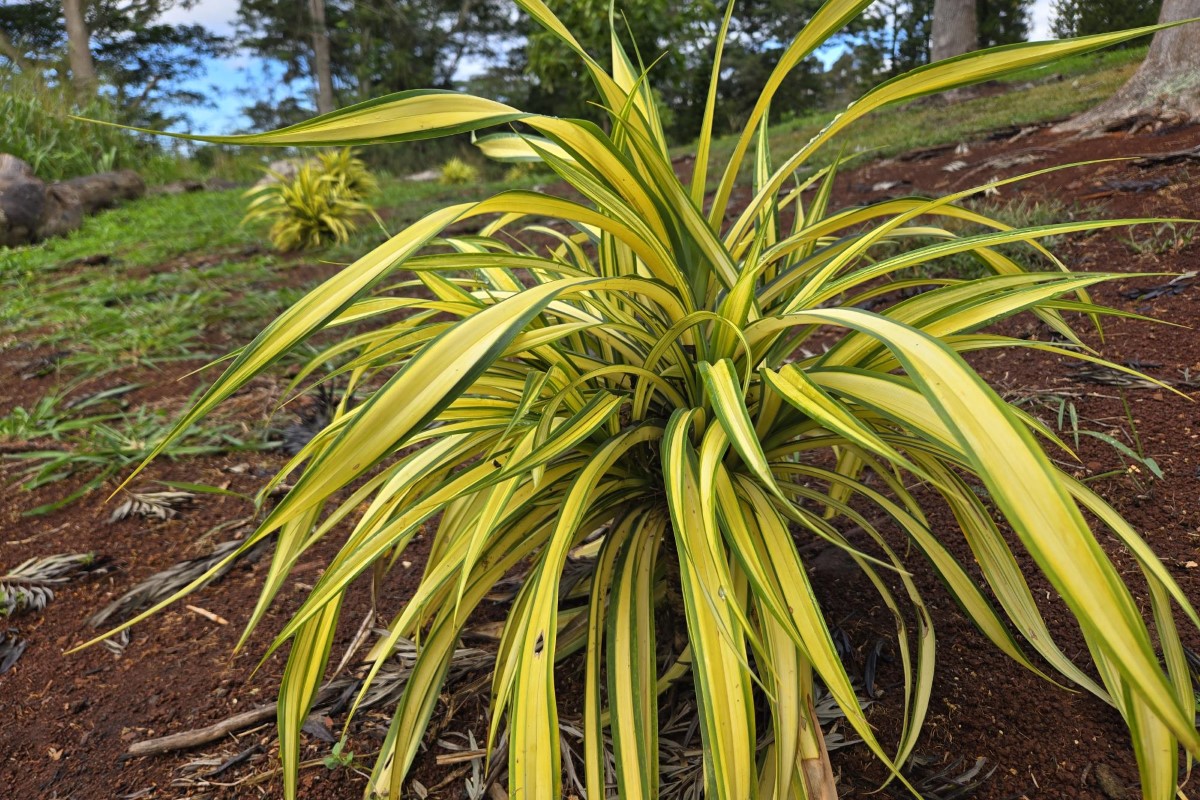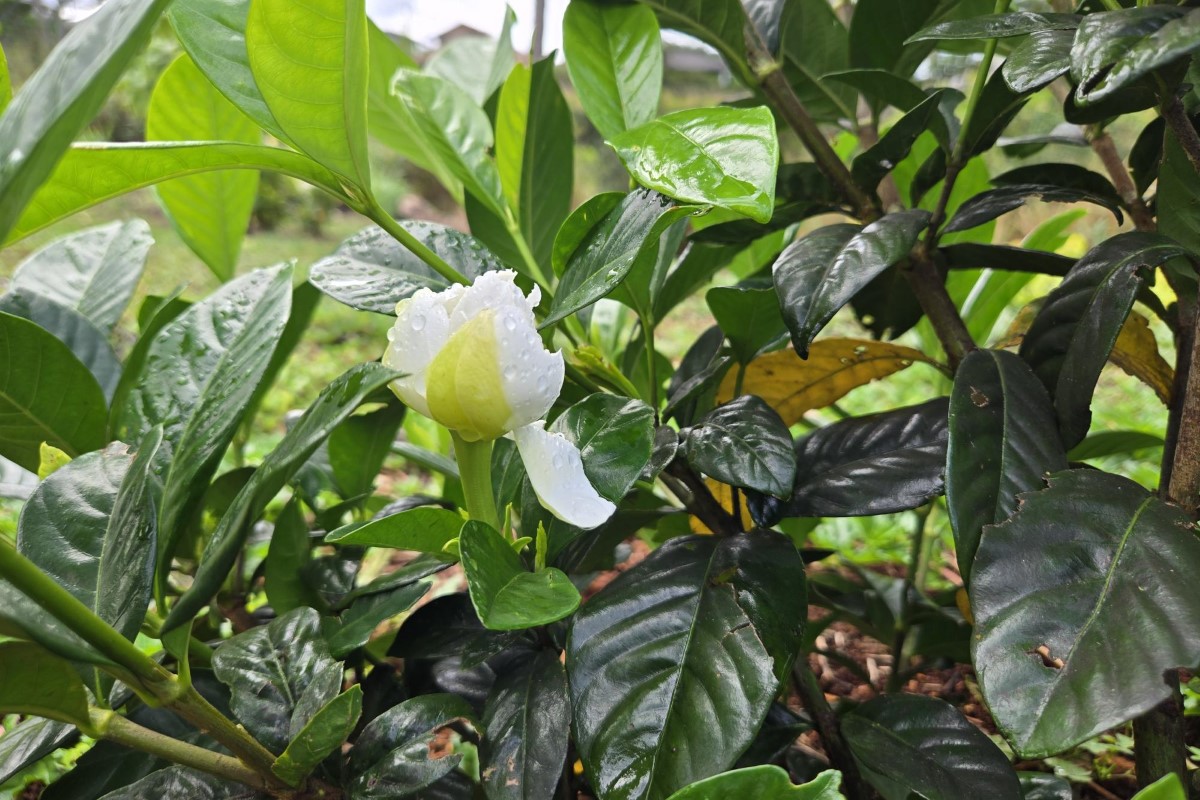Nature Walk – Zone 5
Hawaii’s native flora is as unique as it is diverse, with approximately 1,400 vascular plant taxa native to the islands, and nearly 90% of these are found nowhere else in the world. The rich tapestry of plants includes the native Akia plant, the Pohinahina, used medicinally by native Hawaiians, and the Kupukupu fern used in traditional Hula, are just a few examples of the islands’ botanical treasures. Conservation efforts are crucial to protect these species from threats such as habitat loss, invasive species, and climate change. Initiatives include surveying historic ranges, augmenting wild populations, and establishing new ones in safe harbors. The MTA Nature Walk was developed to highlight these plant species and other important fauna of Hawaiian culture and landscapes.
Zone 5 Plants
Pua Keni Keni Tree
Hawaiian Name: Pua Keni Keni
Scientific Name: Fagraea berteroana
Common Name: Ten Cent Flower
The Pua Keni Keni (Fagraea berteroana) is a beloved plant in Hawaii, celebrated for its fragrant and exquisite flowers. Native to the tropical Pacific, this plant holds a special place in Hawaiian culture. Its creamy white, tubular flowers gradually turn yellow over time and are frequently used in traditional leis, symbolizing hospitality and the aloha spirit.
The name Pua Keni Keni, which translates to “ten cent flower,” originates from a time when the flowers were sold for ten cents each. Beyond its ornamental beauty, the flowers are often soaked in coconut oil to create fragrant oils. This versatile plant thrives in various soil types and requires full sun exposure, making it well-suited to Hawaii’s climate.
Additionally, the wood of the Pua Keni Keni is utilized for crafting tool handles and small wooden items, demonstrating its practical applications alongside its aesthetic appeal. Its enchanting fragrance and striking blossoms ensure that the Pua Keni Keni remains an integral part of Hawaiian gardens and cultural traditions.
Variegated Hala Tree
Hawaiian Name: Hala
Scientific Name: Pandanus tectorius
Common Name: Variegated Hala
The variegated Hala (Pandanus tectorius) is a distinctive plant indigenous to Hawaii, celebrated for its cultural and ecological significance. This small tree can grow up to 30 feet tall and is easily recognized by its long, blade-like leaves arranged in a spiral pattern, creating a striking visual effect on the trunk as they fall. The variegated variety is especially prized for its aesthetic appeal, featuring multicolored leaves that enhance its ornamental value.
Traditionally, the Hala has played a vital role in Hawaiian life. Its leaves (lau hala) are used in weaving items such as mats, hats, and baskets, while its prop roots (ʻūle hala) provide structural support. The tree exhibits gender-specific traits: female trees bear large, segmented fruits, and male trees produce fragrant flowers.
Adaptable to a range of coastal environments, the Hala thrives in moist locations and can be propagated by seeds, which are traditionally soaked to encourage germination. Its resilience and multifaceted utility make the Hala a treasured element of Hawaii’s natural heritage and a living symbol of the islands’ biodiversity.
Gardenia
Hawaiian Name: Kiele
Scientific Name: Gardenia jasminoides
Common Name: Common Gardenia
Gardenia jasminoides, locally known in Hawaii as Kiele, flourishes in Hawaii’s tropical climate, bringing its delightful fragrance to gardens and homes across the islands. In addition to its aromatic charm, the gardenia holds cultural significance in Hawaii, where it is often used in leis and traditional ceremonies.
This plant thrives in sunny locations at higher elevations or filtered sunlight closer to sea level. It grows best in moist, rich, and acidic soil with a pH range of 5.0 to 5.5. Pruning after blooming helps maintain a compact form and encourages new growth, ensuring its continued role as a treasured feature in Hawaiian landscapes.
